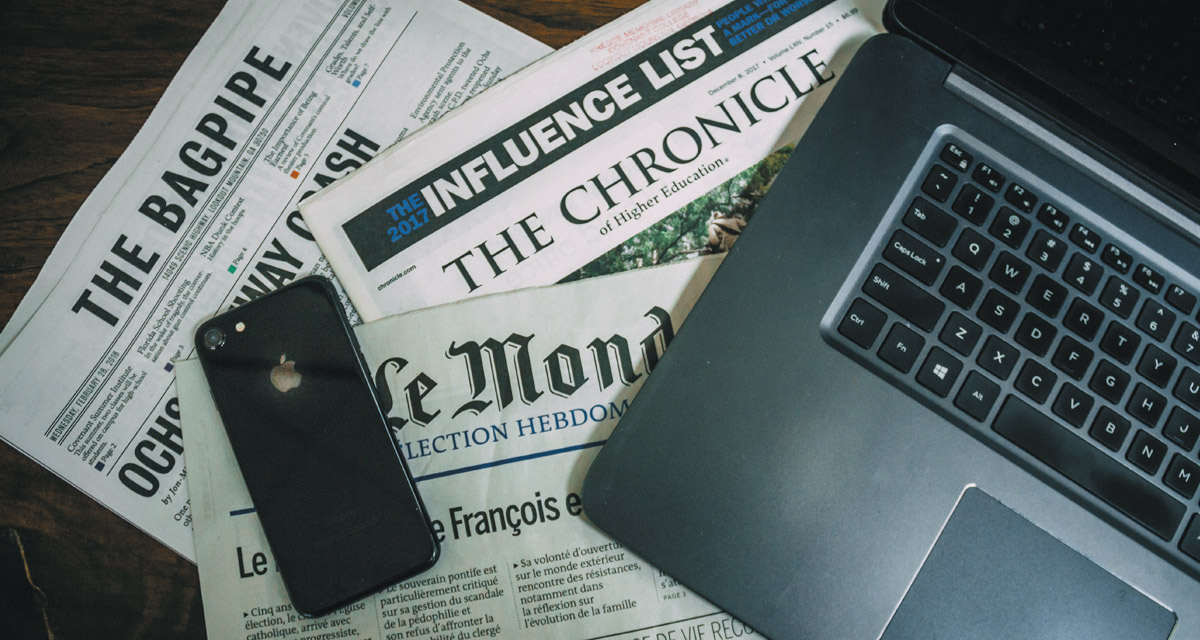Not only is fake news so much of a nuisance that people have begun to mistrust every fact they find on social media, but it is also damaging to social awareness. Teens are less aware of the news than ever, and this is mainly due to the decline in newspaper reading and news program watching. Fake news is the collection of stories claiming truths about current events, but lacking the facts to support the claims. Fake news is written from various motivations—from the desire to cause trouble or sabotage a political actor or idea, to the urge to earn money through ads.
Only one in 20 young people rely heavily on a daily newspaper, according to a Harvard University study. For the study, 1,800 people were interviewed: 28 percent of them between ages 12 and 17 said they pay almost no attention to the news every day, and 32 percent said that they give casual attention to one news source a day.
Since it is unlikely that teens will suddenly decide to subscribe to a newspaper or choose a news program over Facebook, Twitter, or Instagram (the former sources just are not the modern way of digesting news, however educational they may be), I will give you some information on how to distinguish between real and fake news.
There is a quiz online at channelone.com to test whether we can tell the difference between bogus news and facts. Just look up Channel One, “Fake News Quiz.” In the test, it warns that if the titles of news stories are in all caps or have a lot of exclamatory punctuation, it is a good sign we are being lied to. Also, it lets us know what type of web addresses are a scam and teaches us to tell if a site is sketchy by the amount and kind of ads. This exercise will help us pick out the fake news at a glance. However, if you are still unsure if a fact is reliable, there are other ways to find out. But first a quick warning about social media.
Social media outlets are experts at manipulating our confirmation bias. When we like a story or citation, Facebook (or whatever site we are using) will remember which type of news or viewpoint appealed to us. We are more likely to believe a position we already agree with (i.e., confirmation bias). Social media will spit out the stories they know we like, hoping to collect more likes and otherwise promote their supporters. Therefore, we should be particularly wary of the stories that seem to play to our emotions, the ones that hit a personal nerve.
Okay, last bit of advice: if you are particularly interested in a fact or story, but you aren’t sure if you can trust it, there are resources. Besides letting Google search the idea and look for credible sources, we can use FactCheck or Snopes. If the question has something to do with politics or a fact a politician claimed, we could use FactCheck. Social Media sources and memes that are declaring a truth can be verified on Snopes. All that is needed is a key word, and we are on our way to concise, reliable answers.
Until restriction of fake news has been implemented in the US, such as the legislation considered in countries like France, Germany, and Ireland, we, the consumers, have to become the gatekeepers. We are forced to take responsibility for the news we accept as fact. We can surround ourselves, by deliberate choice, with sources that will educate us daily on the matters of the world, so that we do not grow up unaware of the needs and goals of our community and our world.























